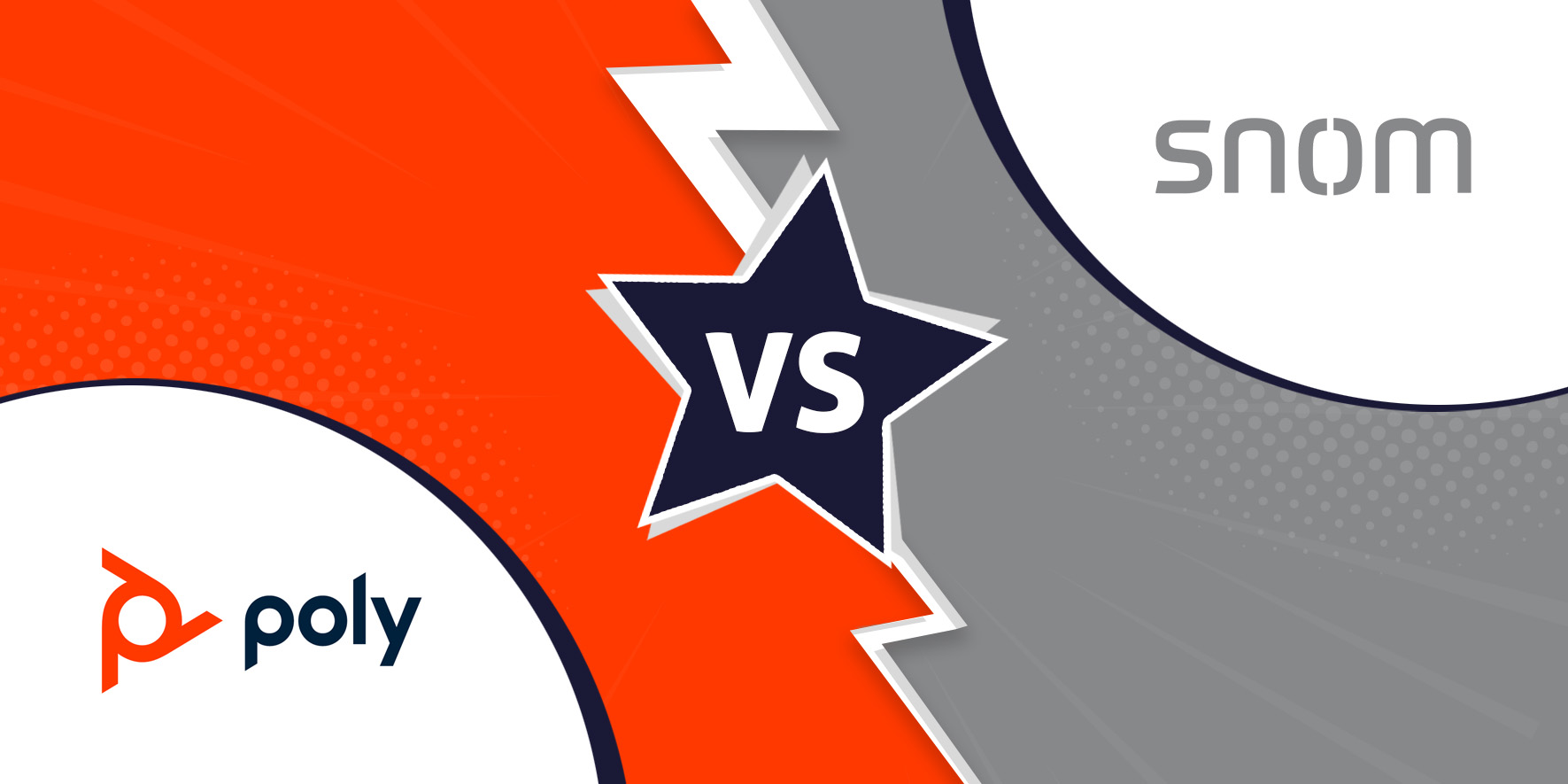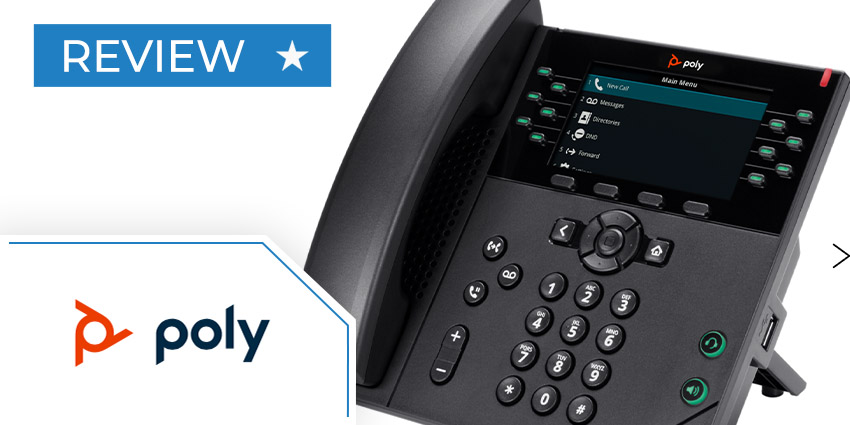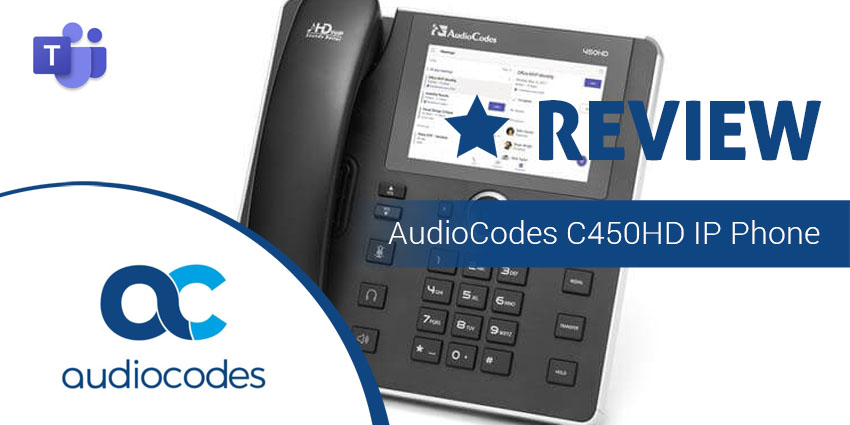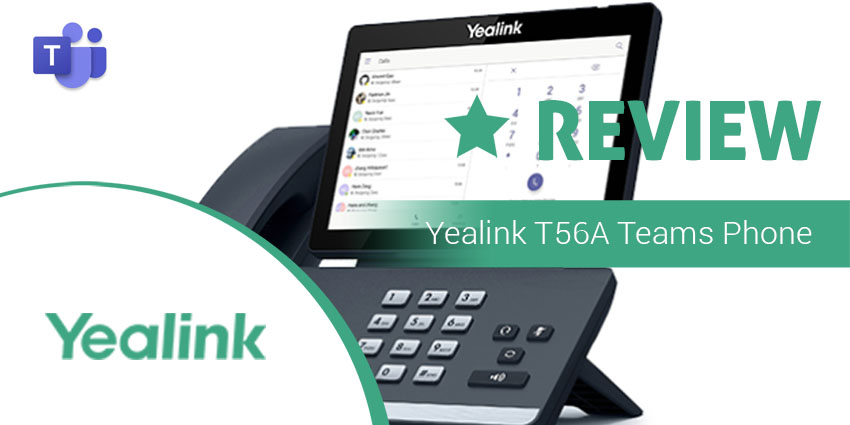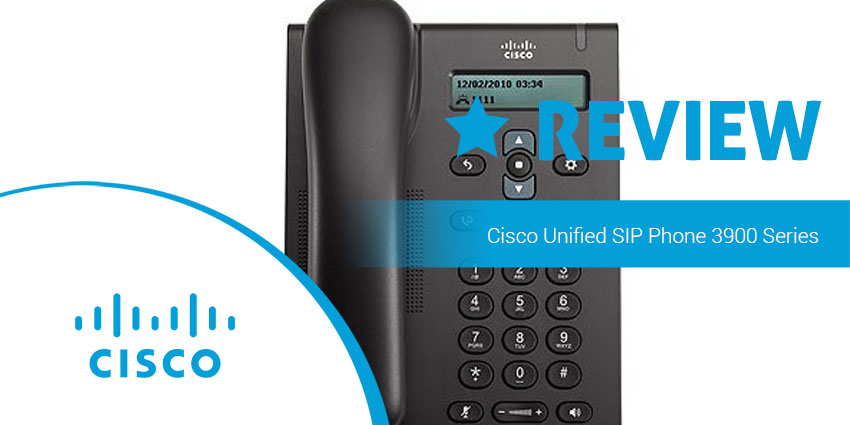Choosing a business telephony device is a big decision. Users need an easy learning curve, the capex cannot be formidable, and monthly operating costs should be optimal. Traditionally, PBX systems would cost as much as $83 per month per user – a sizable cost centre for large companies relying on telephony for their core business (e.g., online retail). VoIP telephony offered an improvement, promising to save up to 73% while providing more features and greater extensibility.
Any investment in telephony infrastructure has to navigate these nuances to find that perfect device for your business, and for your user. That’s why technology giants like Poly and Snom have spent years of efforts on developing their telephony technology, looking to offer a compelling product that stands the test of time.
Snom is a renowned manufacturer of IP phones for the business and industrial sectors. It has been a pioneer in VoIP since 1997, responsible for one of the first-ever commercial VoIP devices in the industry. Poly, the result of a merger between two industry stalwarts, builds solutions to meet end-to-end communication needs, from phones to headsets and video conferencing devices. Lately, it has pushed into the unified communications (UC) segment, with a range of integrated, cloud-based solutions.
Read on to know the top features of Poly and Snom, and which one is right for your business.
Poly Phones Features
Poly’s IP phones are part of its VVX device family.
It is extremely diverse, starting with a basic, single-line desk phone (VVX 101) up to a video-compatible 16-line phone with a touch colour display (VVX 601). As a result, you could potentially have all-Poly telephony even in the most complex of business environments – without resorting to multi-platform hassles – as Poly phones fit into home offices, cubicles, contact centres, knowledge workers, and executives.
It even has a DECT phone called the VVX D230 that provides robust functionality to workers on the move.
Here are some of the features to expect with the Poly VVX Phone Series:
- 5 inch to 4.3-inch graphical display (backlit/colour LCD/touch/TFT)
- Video compatibility in the VVX 501 and 601 (conferencing and video mail)
- Polycom HD Wideband technology that offers 2x times the clarity of regular phones
- Polycom Acoustic Fence technology to cancel out ambient sounds, noises, and distractions
- Full duplex speakerphones with Acoustic Clarity technology
- Open APIs for smarter integrations across devices
- USB ports for call recording and storage (select models)
- Built-in voice quality monitoring
In addition to the VVX Series, Poly has come out with the relatively new CCX line-up of devices for the Microsoft ecosystem. The CCX 400/500/600/700 is a touch screen, smart VoIP phone powered by all the innovations we mentioned. Poly CCX phones use Android 9 as their native operating system.
Snom Phone Features
Headquartered in Germany, Snom operates globally and is part of the VTech Group, a leading electronic manufacturing services provider that employs more than 30,000 people. Snom has three IP phone variants – the D7XX Series, the D3XX Series, and the D1XX Series. Each Series (apart from D1) has 5+ variants.
Snom has an impressive line-up of solutions for workplace mobility as well including ruggedised handsets, outdoor base stations, and single-cell solutions for in-office mobile use. Snom’s public address system and conferencing device options make it a complete package if you are looking to overhaul your existing telephony infrastructure.
Snom’s key features include:
- D712 to D785 desk phones for advanced business use, including programmable keys, Bluetooth compatibility, and preinstalled security certificates
- D305 to D385 for regular use in use cases where telephony is not a core business component, combining cost-effective features with robust design
- The D120 entry-level VoIP phone for bulk installations in hotels, or healthcare; features low energy consumption to keep Opex at a minimum
- Wideband HD audio for crystal sound quality
- The SNOM IO open platform so that the developers can create and integrate their own apps
- Expansion modules for D7XX and D3XX with configurable LED keys, USB power supply, and daisy chain for additional expansions
Snom labels its devices clearly for industry-specific use. For example, the D3XX is meant for manufacturing, professional services, government, and education, while the D7XX is better suited to industries that rely on telephony as part of their revenue generation activities, such as legal services and retail. This approach makes it easier to choose the right device for your organisation.
Snom complements its phone offerings with a range of headsets and accessories.
Further, its DECT solutions are more mature than Polys, which is worth remembering if you have frontline workers constantly on the move.
Poly Phones vs Snom Phones: Experience
As an end-to-end provider, Poly has a strong service footprint. It uplifts the customer experience to training, managed services, and a platform called Poly Lens that delivers detailed device insights. Also, its professional services aid in the planning, design, deployment, and optimisation of complex telephony infrastructure.
Snom takes several steps to strengthen the experience it provides to its customers.
Snom IO, its open application platform, equips developers with the tools they need to customise the Snom experience. They can publish apps, crowdsource software development, and gain from tools for IoT, video apps, productivity apps, etc. Further, Snom’s Help Desk acts as a single point of contact with multi-lingual support. If you are not happy with your reseller experience, you can reach out to Snom Help Desk (a second-level and up support resource), which is always available online.
Poly Phones vs Snom Phones: Integrations
Poly has 7000+ channel and alliance partners around the world. The Poly Partner Network lets you find a reseller and/or alliance partner across the world.
Snom is certified to work with every major platform and telecom connection globally and it has a dedicated Partner Program, with 3,000+ partners currently, as well as a local presence in key markets. Some of its notable partners include HP, Avaya, BroadSoft, Cisco, 3CX, and Vodafone. It is also compatible with slightly lesser-known but important localised providers such as Vodia, SIPcall, Placetel, etc.
Which One is Right for You?
No matter which of these vendors you choose, you are in good hands. Poly and Snom offer 360-degree telephony solutions. Poly has a stronger service offering, while Snom is better recognised for its DECT products. A basic Poly VVX 101 starts at £52.00 while Snom’s D717 is its entry-level device, starting at £89.99. Either way, you can be sure of an excellent feature set and assured ROI, as you gain from these companies’ patented underlying telephony technologies.
